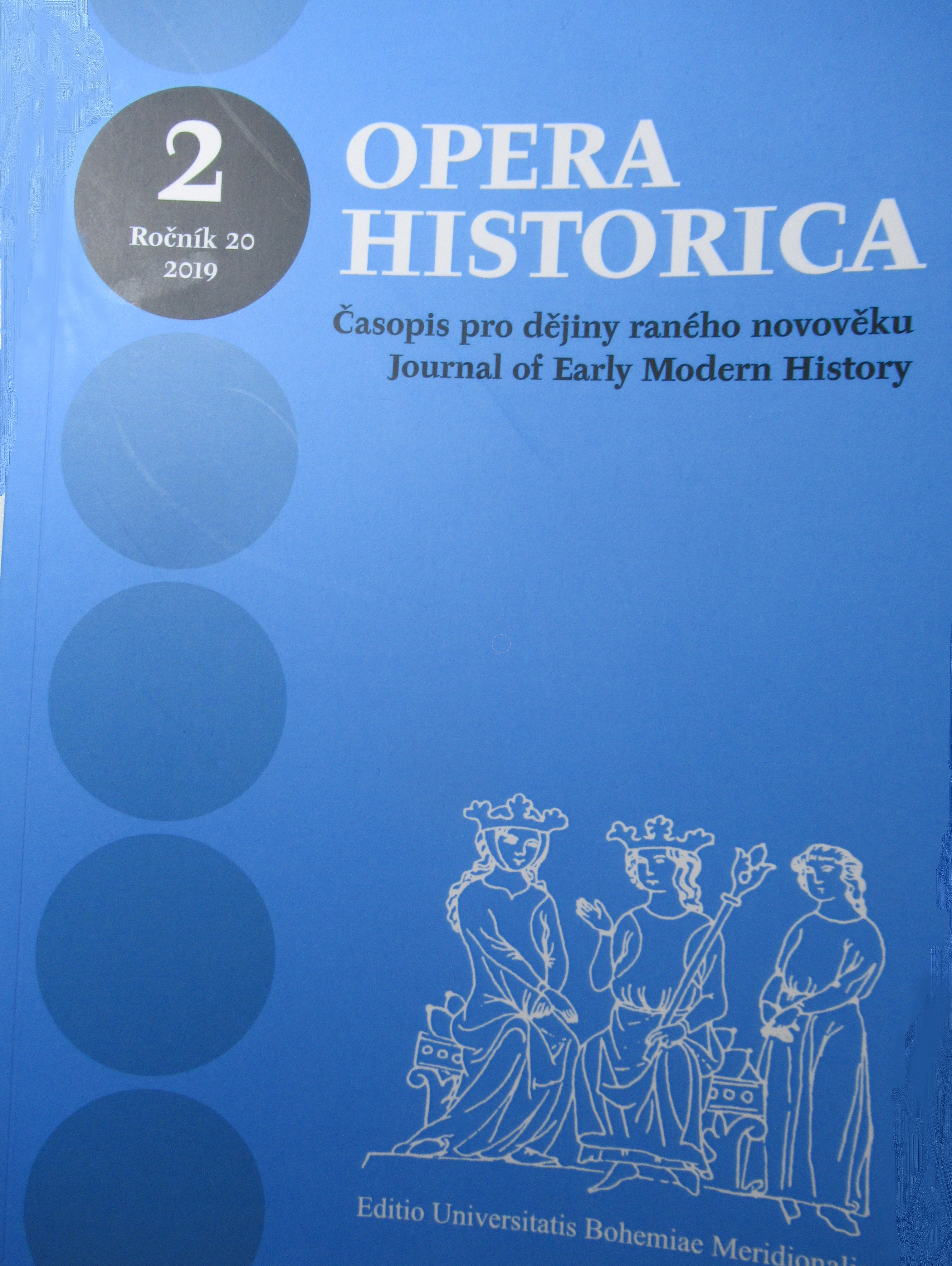Göttlicher Zorn, Pestlazarette und
Donauinseln
The Anger of God, Plague Lazarettes and Danube Islands
The Vienna plague of 1713 and the authorities
Author(s): Martin ScheutzSubject(s): History, Social history, 18th Century
Published by: Jihočeská univerzita v Českých Budějovicích
Keywords: plague; Vienna; medical history; Matthias Fuhrmann; piety
Summary/Abstract: The plague of 1713, which was introduced to Central Europe via Transylvania and Hungary,was probably the result of the last great wave of plague in Europe (1701–1713),which reached as far as southern Germany. This plague epidemic illustrates that the centralEuropean cities, in association with the early modern state, probably protected themselvesbetter than during the previous plague waves by improved quarantine management,a rigid plague regime (e.g. isolation from vagrant poverty) and improved „domestication“of hospital services. The plague of 1713 clearly shows that the early modern state nowplayed an increasingly important role in fighting the plague (compared to 1679) – thisis clearly demonstrated by a wide publication of laws on plague by the Habsburg centraladministration. The fight against the plague is causally connected with the discourse ofthe authorities: City governments were then pleasing to God when no plague was ragingwithin the city walls. Conversely, epidemics that had been overcome were resolved withthanksgiving ceremonies and thank processions in the sense of confessional prophylaxisby the town authorities. Saints, plague columns and votive churches reminded of successfulcrisis management by the authorities. The processing of fear and thanksgiving to Godis not only evident in fraternities, but also in fossilized plague columns, which remind ofthe events of 1713.
Journal: Opera Historica
- Issue Year: 21/2020
- Issue No: 2
- Page Range: 170-188
- Page Count: 19
- Language: German

